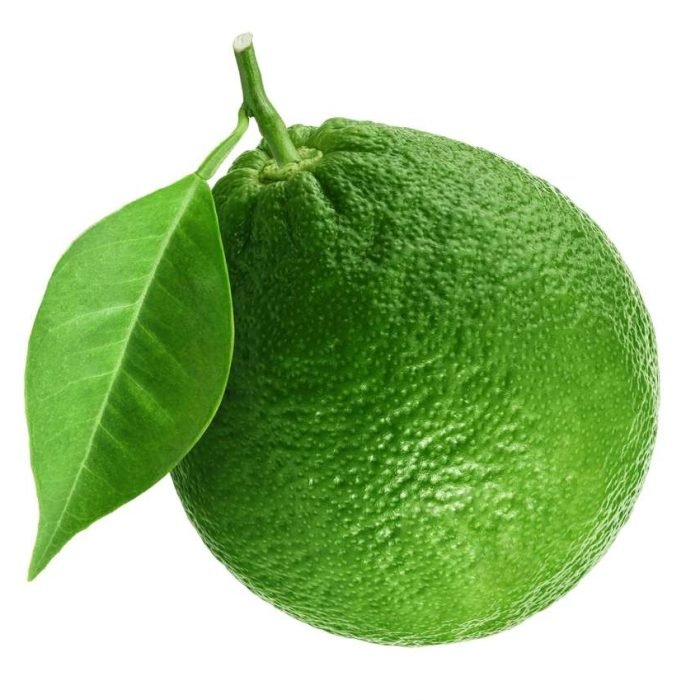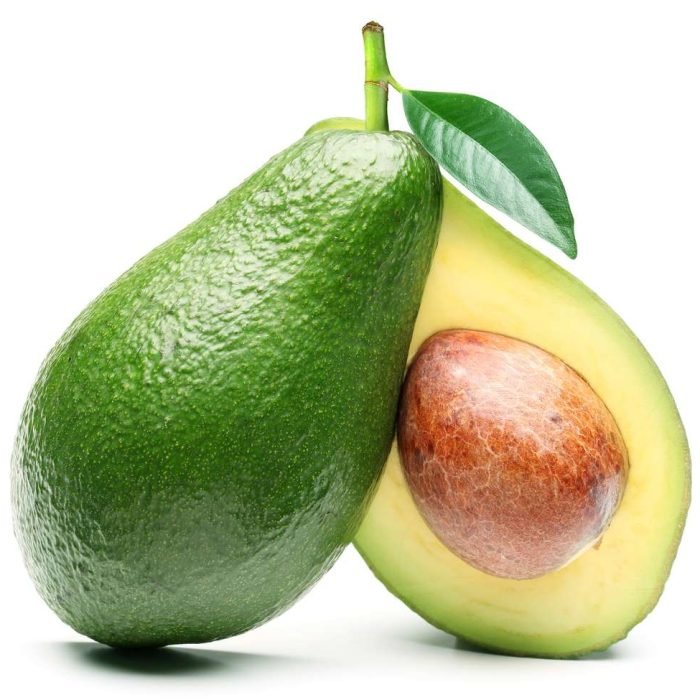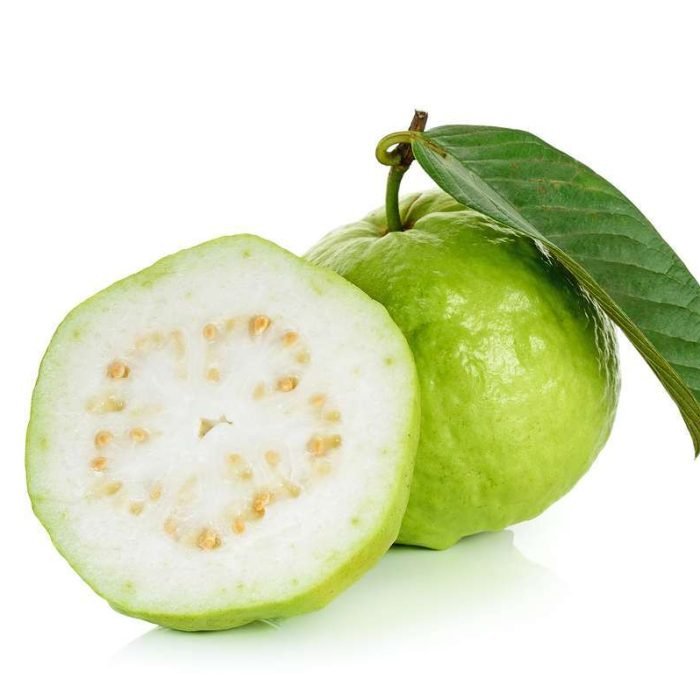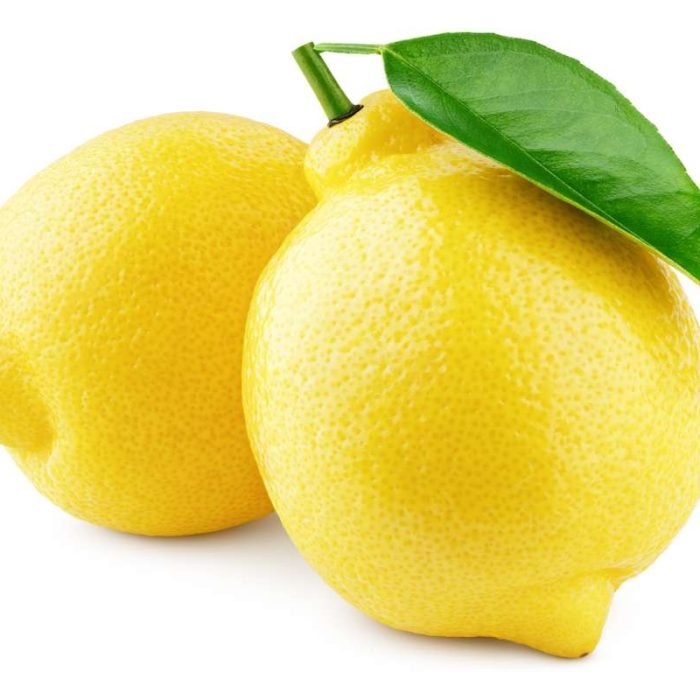Lime
( Green lemon )
- Citrus aurantiifolia
- Tree Type: Evergreen

General Information
There are several species of citrus trees whose fruits are called limes, including the Key lime (Citrus aurantiifolia), Persian lime, Makrut lime, and desert lime. Limes are a rich source of vitamin C, are sour, and are often used to accent the flavours of foods and beverages. They are grown year-round. Plants with fruit called “limes” have diverse genetic origins; limes do not form a monophyletic group.Description
Limes are round, green in color, 3–6cm in diameter, and contains acidic juice vesicles.Uses
Limes have higher contents of sugars and acids than lemons do. Lime juice may be squeezed from fresh limes, or purchased in bottles in both unsweetened and sweetened varieties. Lime juice is used to make limeade, and as an ingredient (typically as sour mix) in many cocktails. Lime pickles are an integral part of Indian cuisine, especially in South India. In Kerala, the Onam Sadhya usually includes either lemon pickle or lime pickle. Other Indian preparations of limes include sweetened lime pickle, salted pickle, and lime chutney. In cooking, lime is valued both for the acidity of its juice and the floral aroma of its zest. It is a common ingredient in authentic Mexican, Vietnamese and Thai dishes. Lime soup is a traditional dish from the Mexican state of Yucatan. It is also used for its pickling properties in ceviche. Some guacamole recipes call for lime juice. The use of dried limes (called black lime or limoo) as a flavouring is typical of Persian cuisine, Iraqi cuisine, as well as in Eastern Arabian cuisine baharat (a spice mixture that is also called kabsa or kebsa). Key lime gives the character flavoring to the American dessert known as Key lime pie. In Australia, desert lime is used for making marmalade. Lime is an ingredient in several highball cocktails, often based on gin, such as gin and tonic, the gimlet and the Rickey. Freshly squeezed lime juice is also considered a key ingredient in margaritas, although sometimes lemon juice is substituted. It is also found in many rum cocktails such as the Daiquiri, and other tropical drinks. Lime extracts and lime essential oils are frequently used in perfumes, cleaning products, and aromatherapy.Toxicity and Allergies
Contact with lime peel or lime juice followed by exposure to ultraviolet light may lead to phytophotodermatitis, which is sometimes called margarita photodermatitis or lime disease (not to be confused with Lyme disease). Bartenders handling limes and other citrus fruits while preparing cocktails may develop phytophotodermatitis. A class of organic chemical compounds called furanocoumarins are reported to cause phytophotodermatitis in humans. Limes contain numerous furanocoumarin compounds, including limettin (also called citropten), bergapten, isopimpinellin, xanthotoxin (also called methoxsalen), and psoralen. Bergapten appears to be the primary furanocoumarin compound responsible for lime-induced phytophotodermatitis. Lime peel contains higher concentrations of furanocoumarins than lime pulp (by one or two orders of magnitude), and so lime peels are considerably more phototoxic than lime pulp. Persian limes appear to be more phototoxic than Key limes.Share:
- Kingdom: Plantae
- Clade 1: Tracheophytes
- Clade 2: Angiosperms
- Clade 3: Eudicots
- Clade 4: Rosids
- Order: Sapindales
- Family: Rutaceae
- Genus: Citrus







